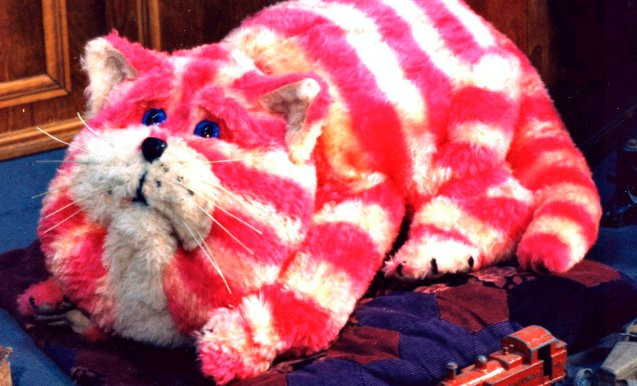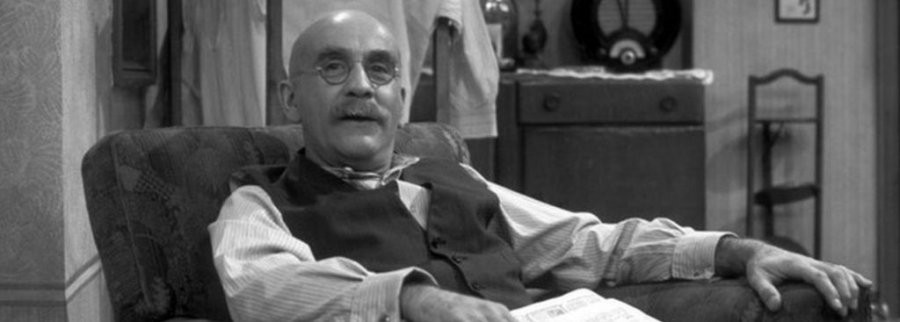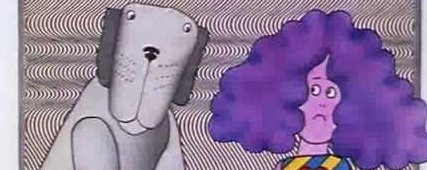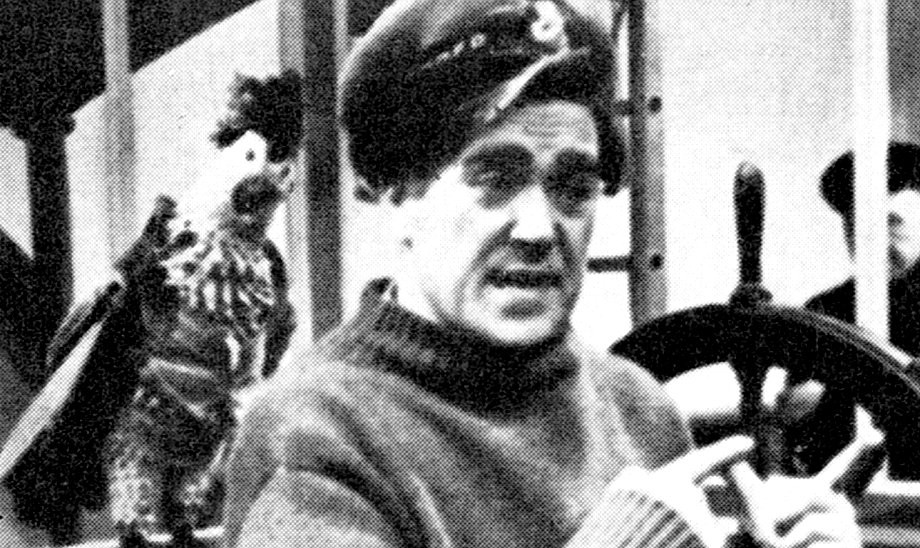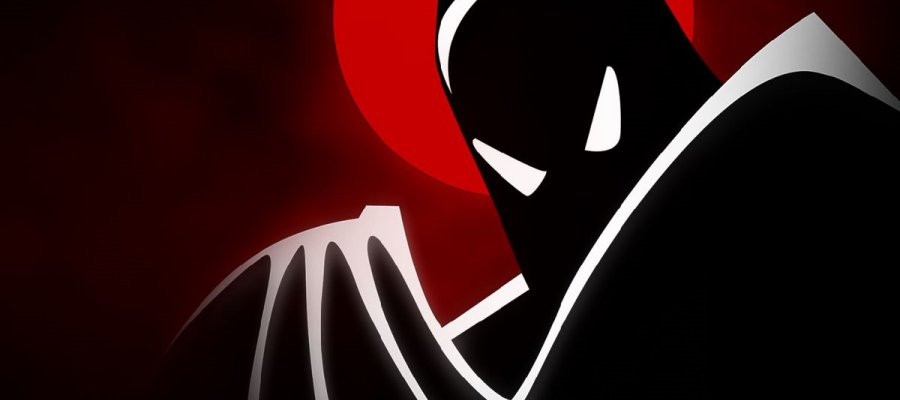
Herge's Adventures of Tintin
1961 - FranceThe Timeless Tale of a Boy Reporter and His Dog
Few comic book characters have made the leap from page to screen with as much enduring charm and international appeal as Tintin, the intrepid young reporter with the quiff of steel and a nose for trouble. Created in 1929 for the Belgian weekly Le Petit vingtiéme by Belgian artist Georges Rémi – better known by his pen name Hergé, derived from the French pronunciation of his initials R.G. – Tintin would go on to become a global cultural phenomenon, revered as much for his globe-trotting adventures as for the rich tapestry of characters he encounters along the way.
In 1961, Hergé’s Adventures of Tintin made its television debut in the form of short, fast-paced animated episodes, each running for just five minutes and concluding with a tantalising cliffhanger. This serialised format perfectly suited Tintin's breathless, danger-laden escapades and helped build a loyal young audience eager for the next instalment. The series was dubbed into English by voice artist Peter Hawkins – a stalwart of British children’s TV who also voiced Captain Pugwash and the infamous Daleks from Doctor Who. It arrived on British screens a year later, in 1962, and swiftly became a cult favourite.
The series adapted five of Hergé's original books into 50 animated episodes: The Crab with the Golden Claws, Star of Mystery, Red Rackham’s Treasure, The Black Island, Objective Moon, and The Calculus Affair. Each retained the spirit of the source material, offering young viewers a heady mix of mystery, intrigue, exotic locales, and a healthy dash of slapstick humour. Whether fleeing from gangsters, exploring sunken treasure, or foiling acts of espionage, Tintin was always at the centre of the action, aided loyally by his wise-cracking terrier Snowy (Milou in the original French).
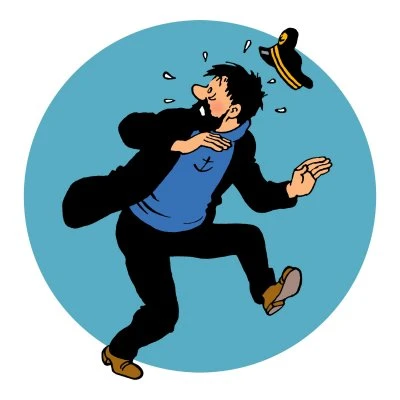
No review of Tintin would be complete without mention of the supporting cast. Captain Haddock – whose legendary tirades of "blistering barnacles" and "thundering typhoons" are the stuff of comic lore – provided comic relief and emotional depth. The Thompson Twins (from whom the 1980s pop group took their name) bumbled their way through cases with exquisite incompetence, while the profoundly deaf Professor Calculus brought scientific genius and frequent confusion to the team.
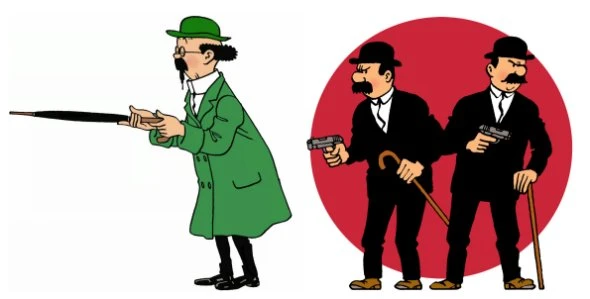
Tintin’s appeal extended far beyond the comic pages and animated screens. Among his legion of admirers were pop art icon Andy Warhol and French president Charles de Gaulle, who once declared, “Deep down, my only international rival is Tintin! We are little fellows who won’t be had by big fellows.” That a fictional character could draw such praise speaks volumes about Tintin's enduring significance.
Though Hergé passed away in 1983, his final – and unfinished – story, Tintin and the Alpha-Art, was published in 1986, offering fans a last tantalising glimpse into the world he so masterfully created. That same world was brought once again to global audiences in 2011 with a feature-length animated film directed by Steven Spielberg and produced by Paramount Pictures and Columbia Pictures. Utilising cutting-edge CGI, the film grossed over $75 million worldwide and introduced Tintin to a new generation of thrill-seekers.
What makes Hergé’s Adventures of Tintin – in all its forms – so special is the deceptive complexity beneath its clean, deceptively simple lines. The storytelling is sharp, the humour both broad and subtle, and the world itself – recognisable, yet fantastical – is wholly original. It's a universe where mystery, morality, and mirth collide in perfect harmony, capturing the imaginations of children and adults alike.
Though the man behind the quiff may no longer be with us, the legacy of Hergé lives on. His creation – ever resourceful, ever curious – continues to inspire, entertain, and remind us that true adventure lies just beyond the next headline.
In 1986 Tintin and Alpha-Art, the last and unfinished adventure of Tintin was published, three years after the death of Georges Rémi.
A feature length animated movie was released in 2011, produced by Paramount Pictures and Columbia Pictures and directed by Stephen Spielberg and utilising the latest in computer generated graphics, the film grossed over $75 million worldwide.
Deceptively complex in both writing and design, despite the illusion cast by the apparent simplicity of Hergé's characters, the world in which Tintin inhabits is a truly original and instantly recognisable creation that has consistently continued to capture the imagination and hearts of young and old world-wide. Although Hergé is no longer with us, the legacy of wonder, excitement and adventure embodied by his iconographic characters, remains to entertain future thrill-seekers of all ages and nationalities.
Seen this show? How do you rate it?
Seen this show? How do you rate it?
Published on September 2nd, 2024. Written by Laurence Marcus for Television Heaven.



